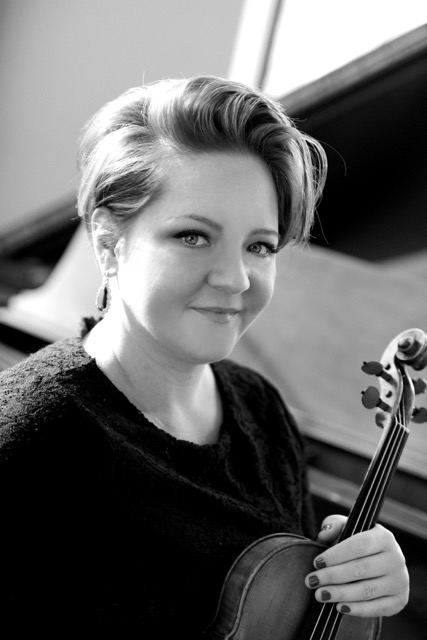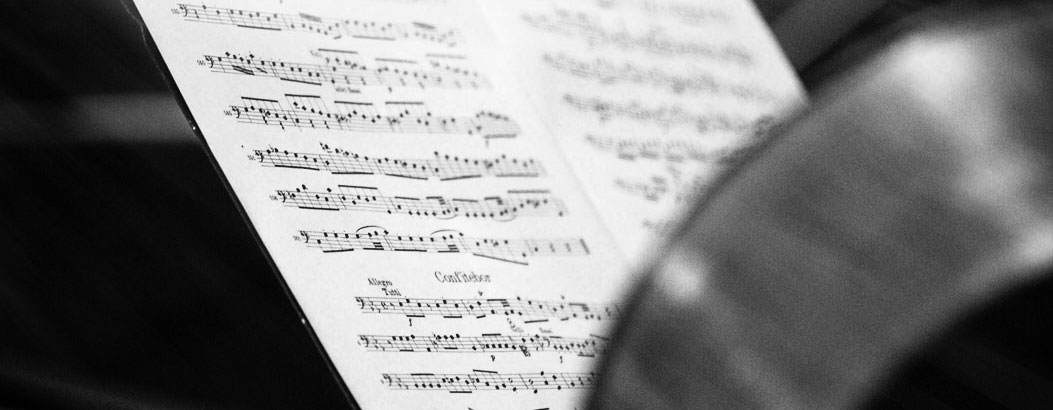Notes on the “Quinten”
by Rachel Segal, FSQ violinist

One of my favorite days of the year is when we get together to decide on repertoire for the coming season. Last Spring at that meeting I immediately put in a request for this Haydn Quartet, wishing to revisit a staple of my young musical life. I was first introduced to this piece at about age twelve in my chamber music program at Temple Music Prep. Like most young musicians, I wanted to play the bigger romantic works and was bummed to be put in the annual Haydn Quinten group. I later had the opportunity to dive deep into it at Taos School of Music during two weeks of constant chamber music bliss. Revisiting it as a professional has been wonderful. What I know now is that this was the perfect piece for an aspiring musician as it shows a complete and elegant mastery of the DNA of classical harmony. One should expect no less from “Papa Haydn.”
The Op.76 no.2 quartet has been nicknamed the “Quinten” because of the four-note descending motive of perfect fifths that permeates the first movement. In musical terms, a “fifth” is the distance between two notes, five notes apart from one another. Another recurring theme in this piece is the juxtaposition of D Major and d minor (the saddest of all keys), which Haydn moves between with ease and grace throughout the entire piece. The two most basic harmonic elements in classical music are fifths and and the Major/minor relationship. The instruments of the string quartet are tuned in fifths; the “circle of fifths” is how we learn about keys; parallel Major/minor keys are built from the same starting pitch. While the fifths permeate the first movement, the Major/minor relationship is most prominent in the Minuet. This movement has been called the “Witches Minuet,” which we think is perfect for Halloween. It features the quartet in perfect canon, beginning with the violins in octaves, followed by the viola and cello. The two pairs seem to be arguing the same point back and forth, an example of the very human nature of Haydn’s quartet writing.
At the age of 65, with all of his Symphonies behind him, Haydn chose to come back to these most basic building blocks of music and create a tour-de-force quartet. It has been a joy to rediscover this piece with my colleagues and friends.

